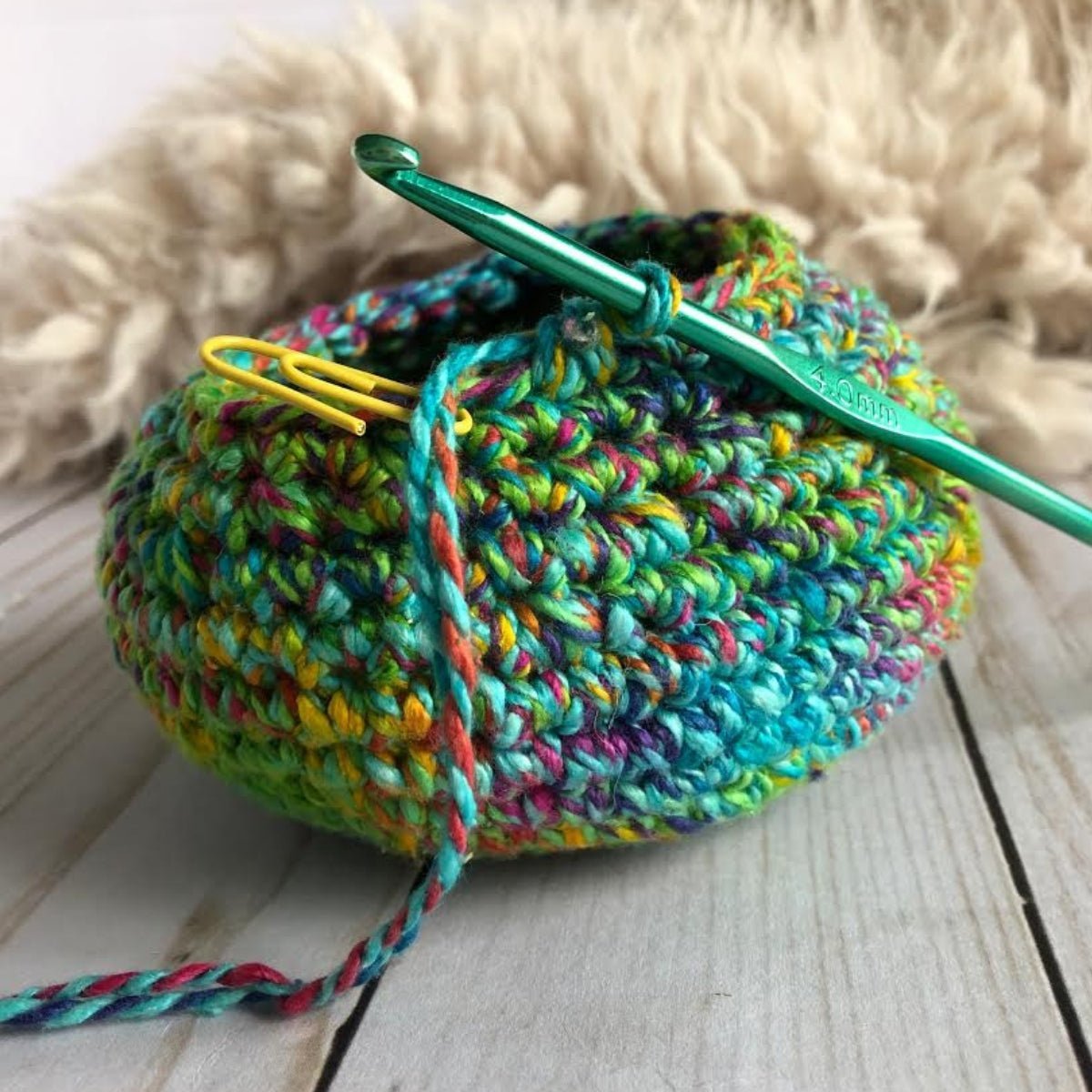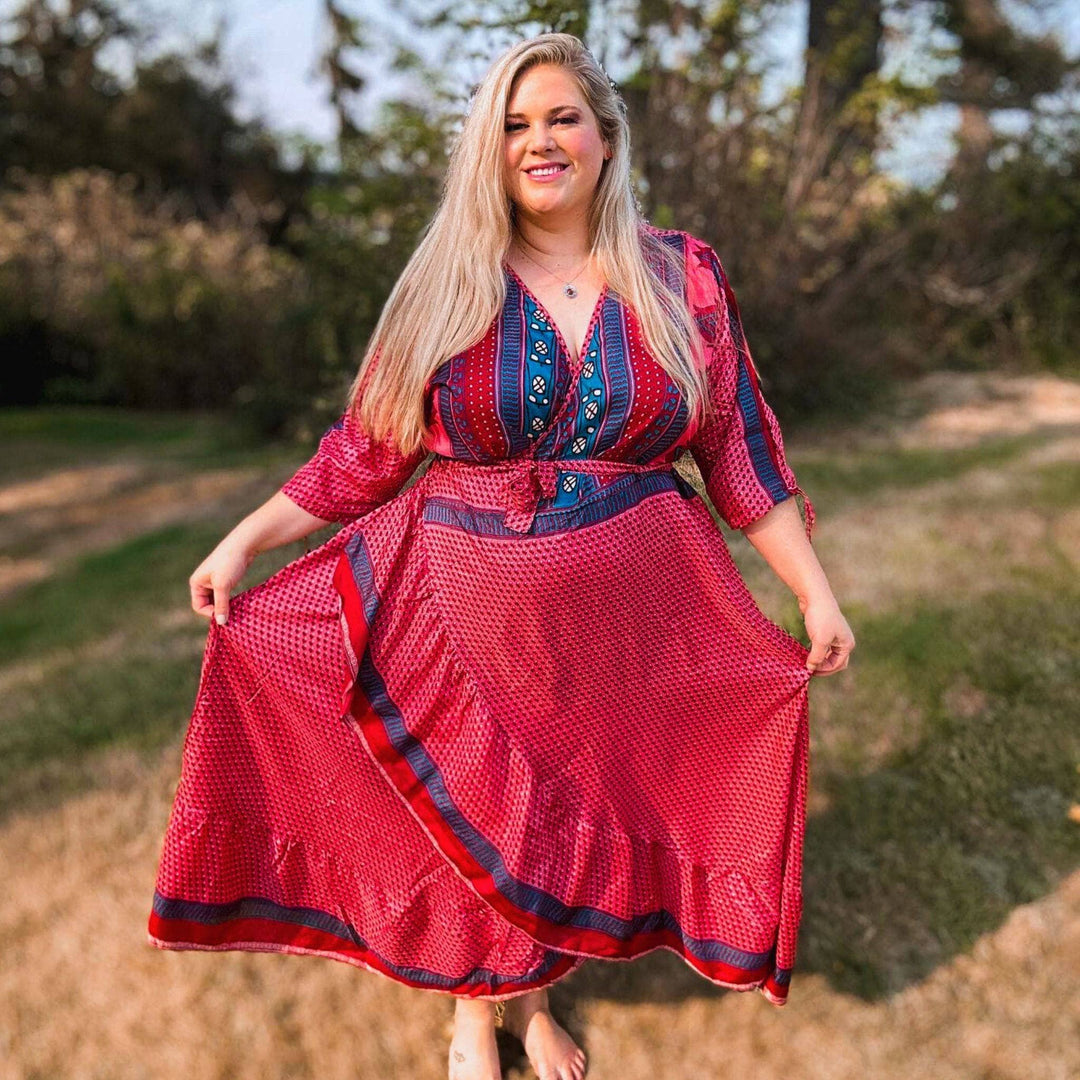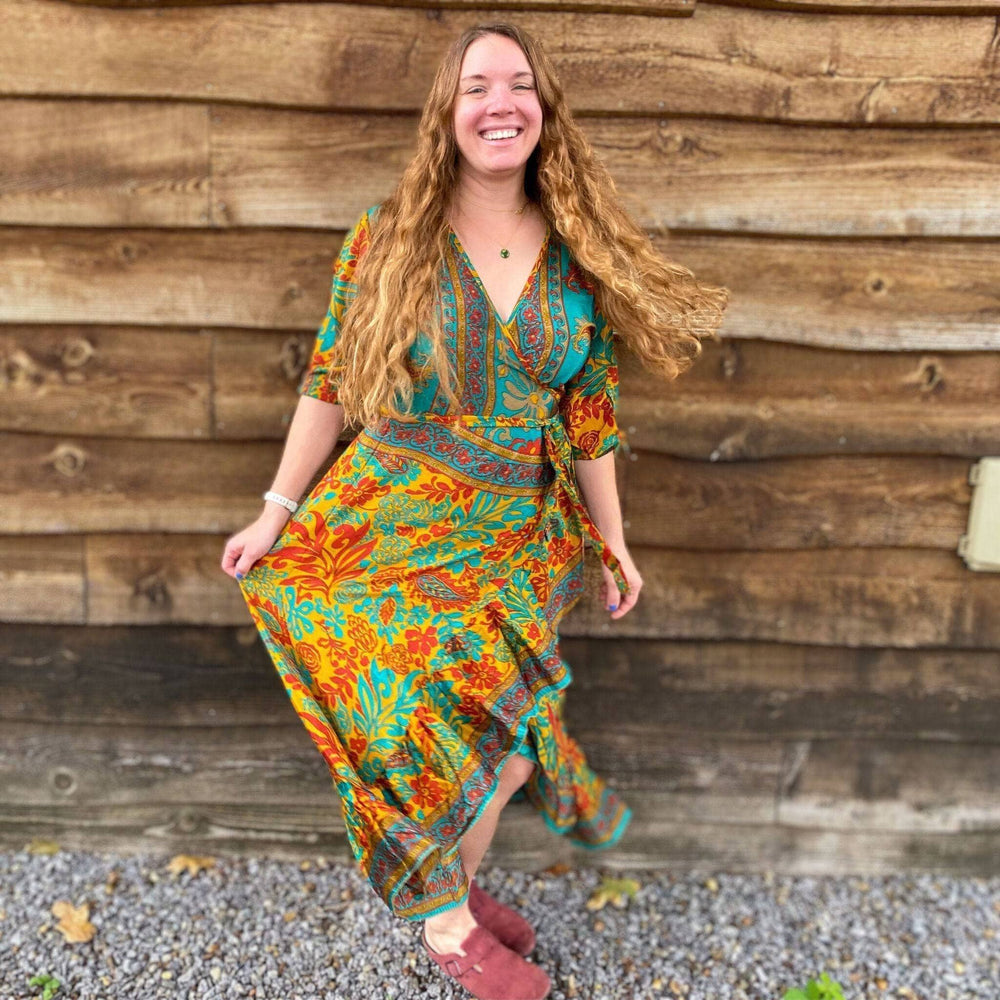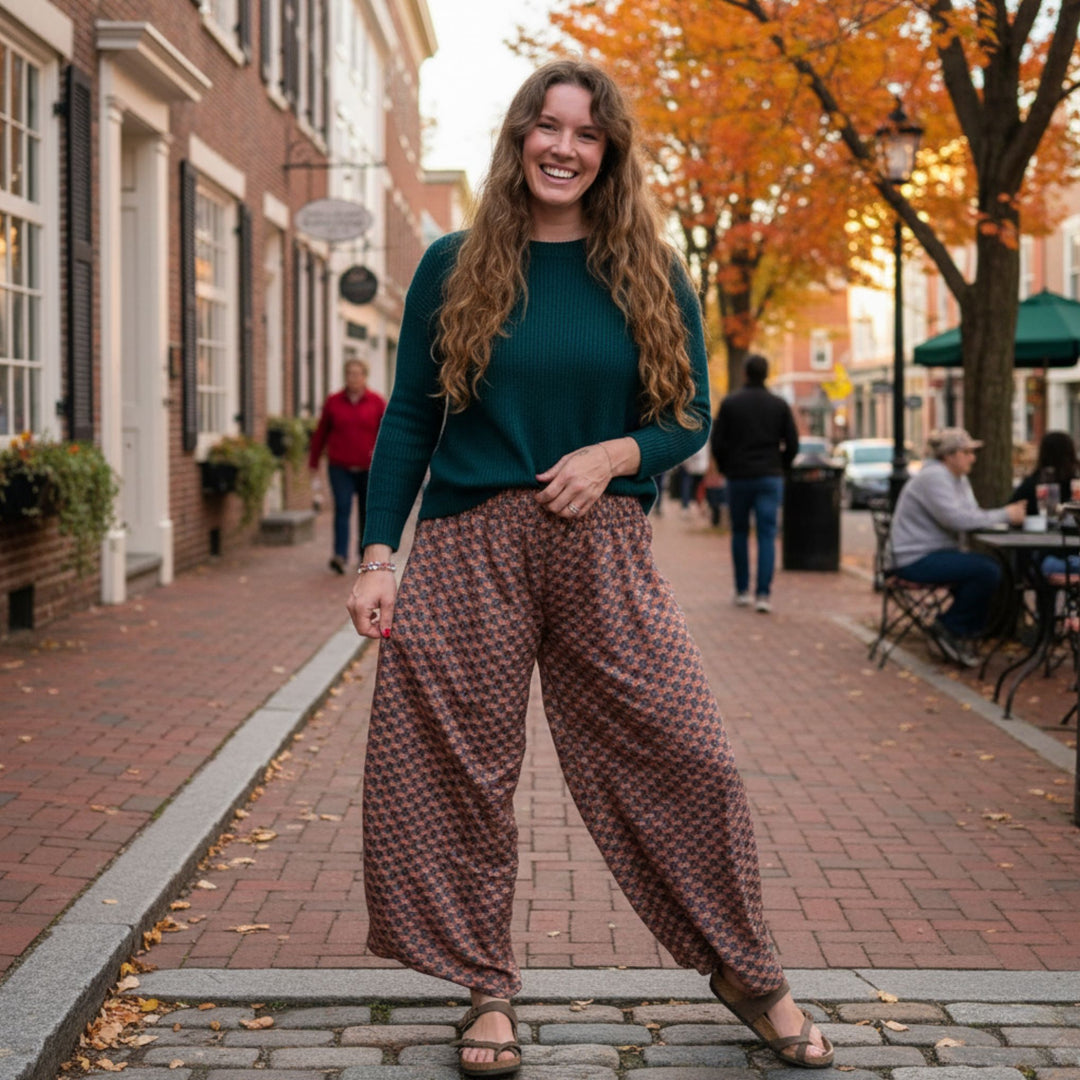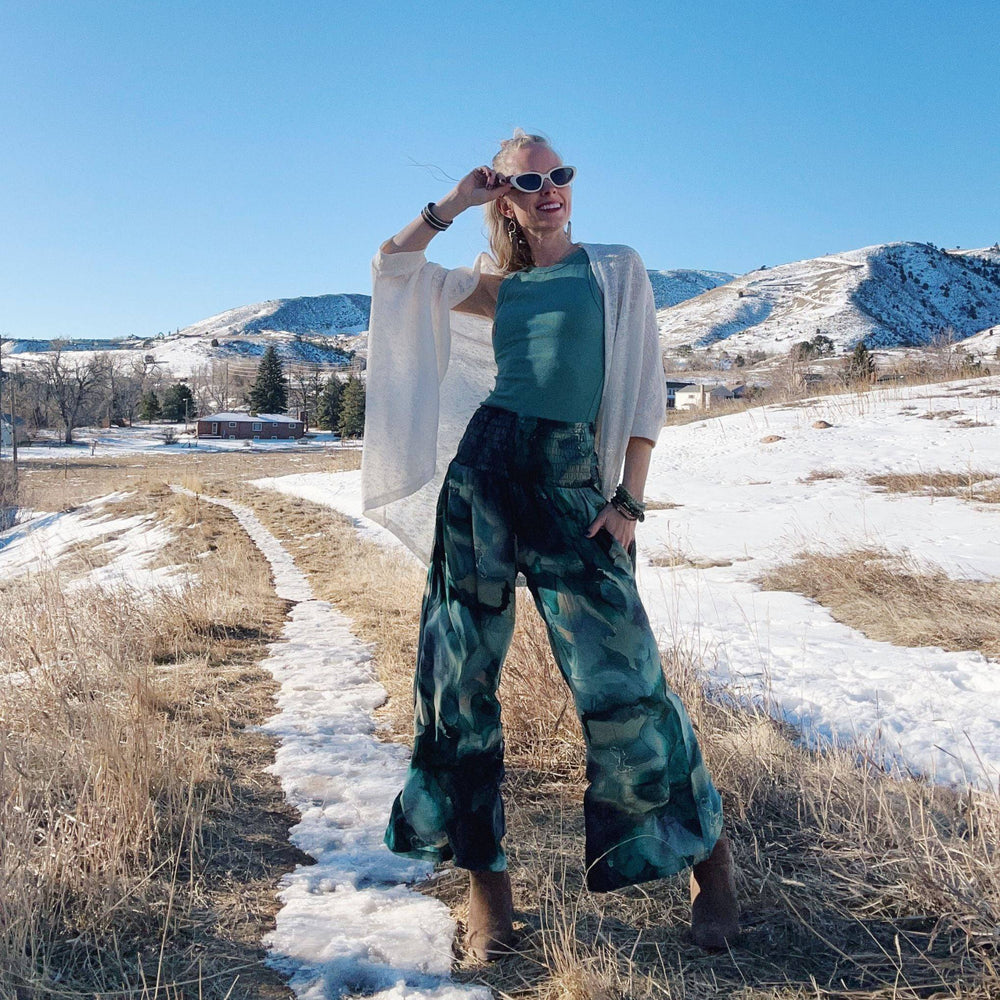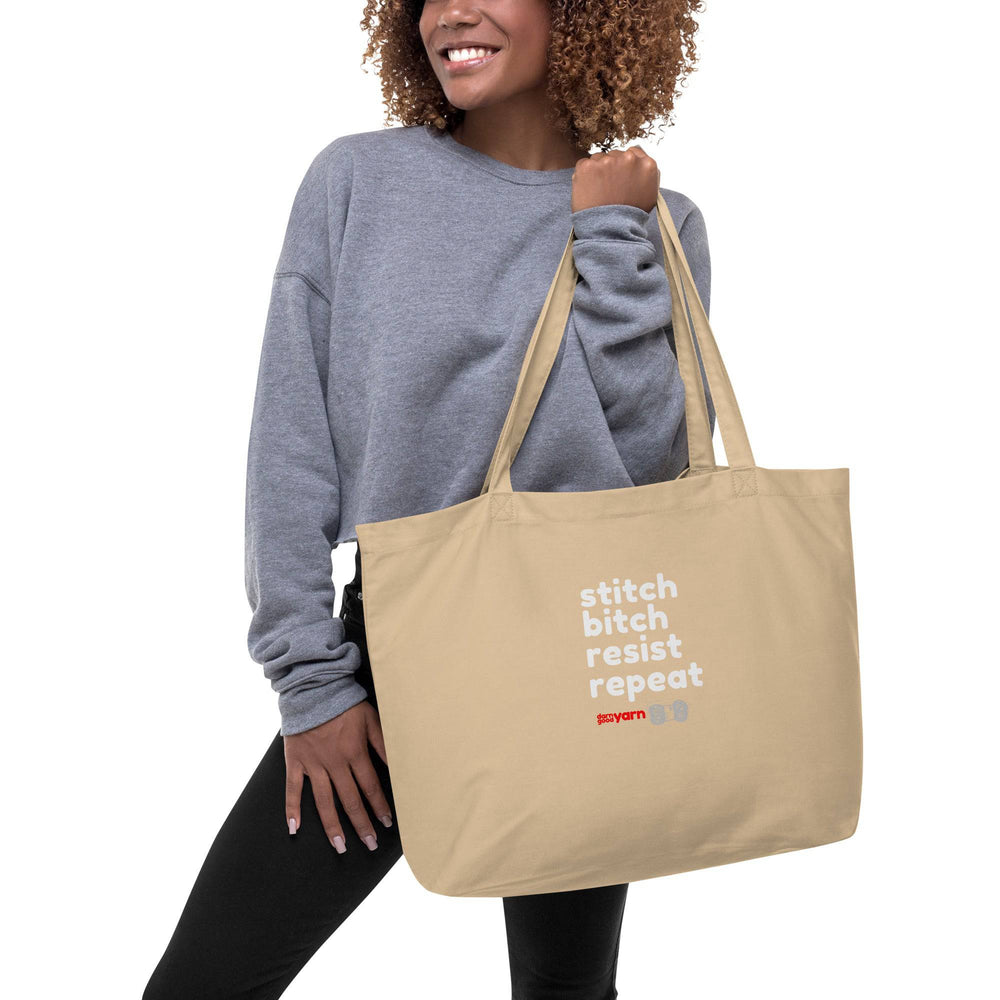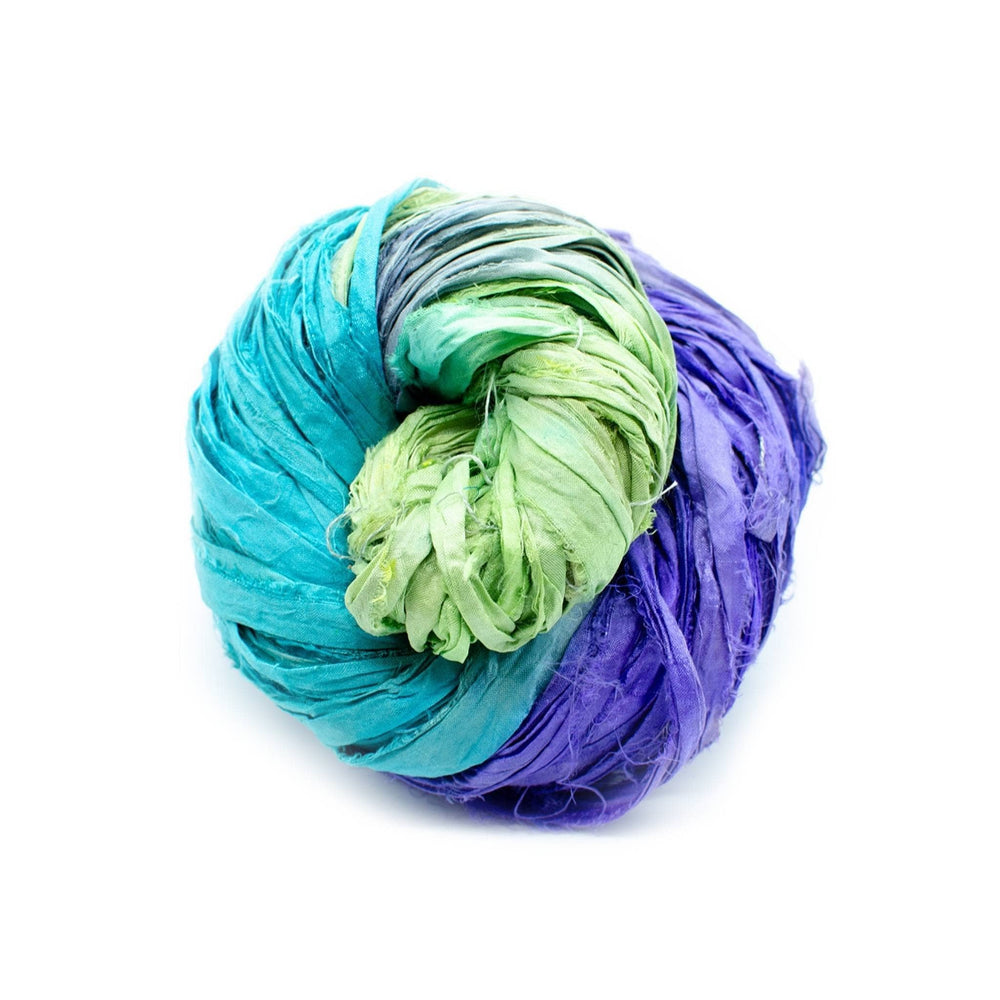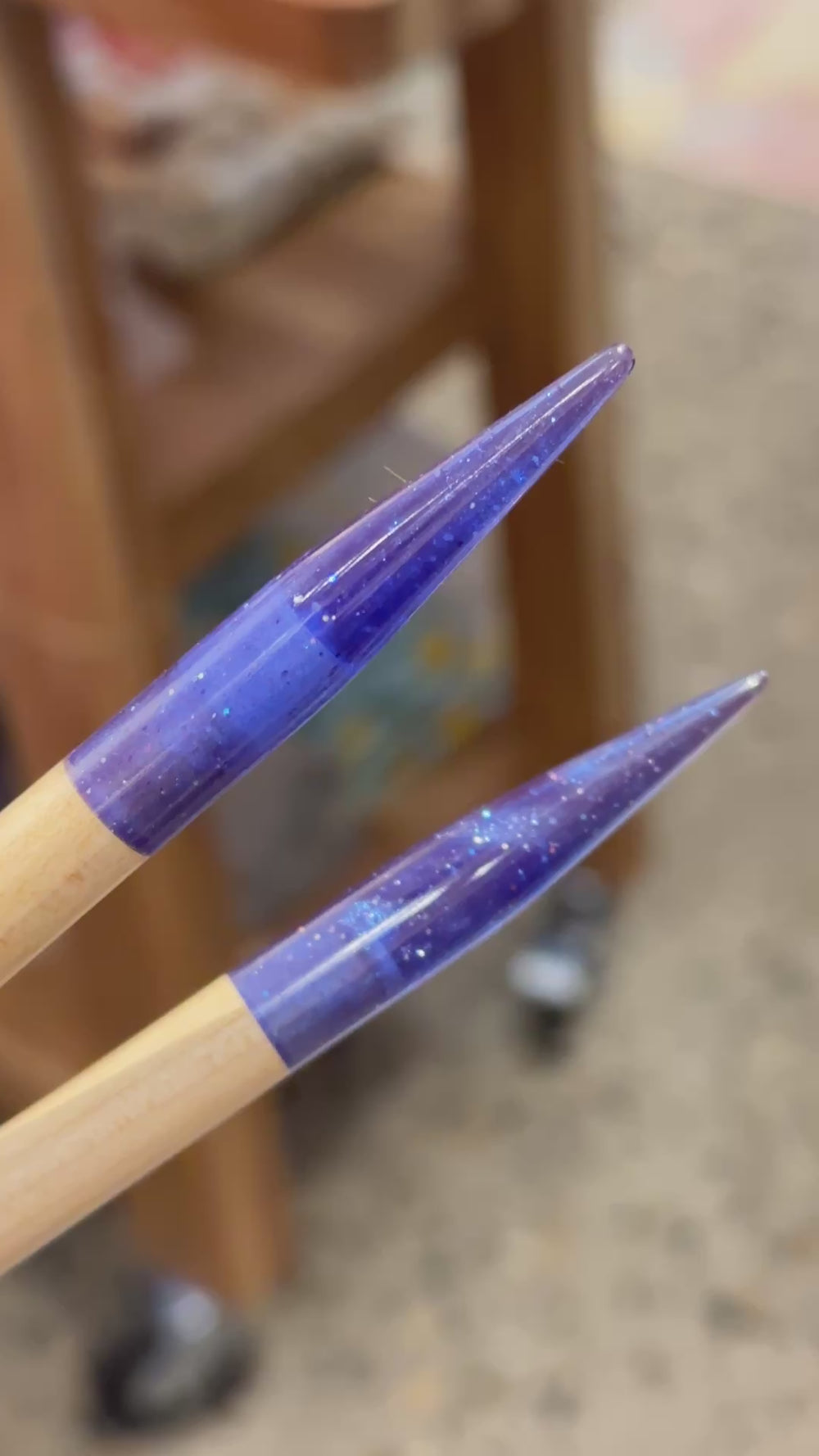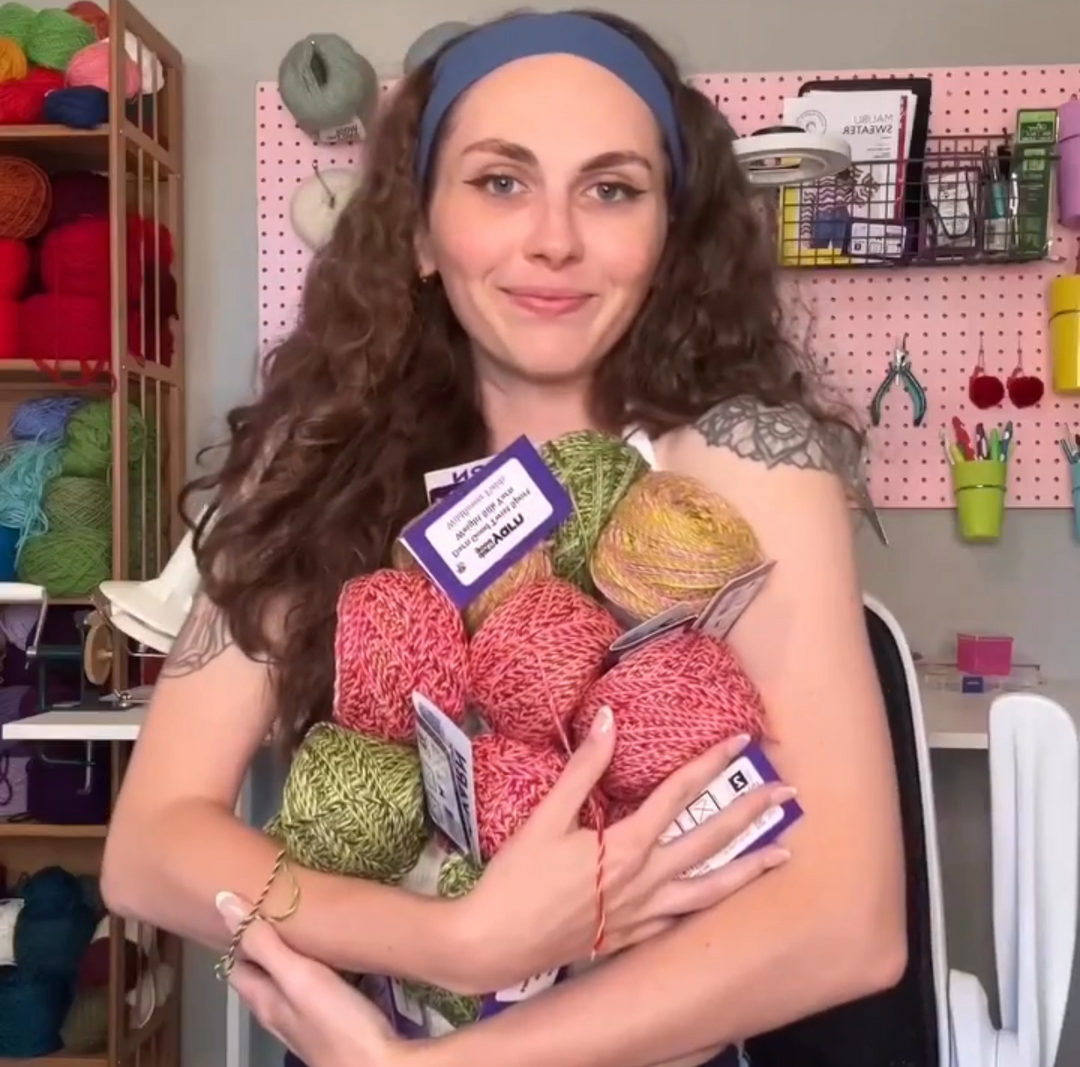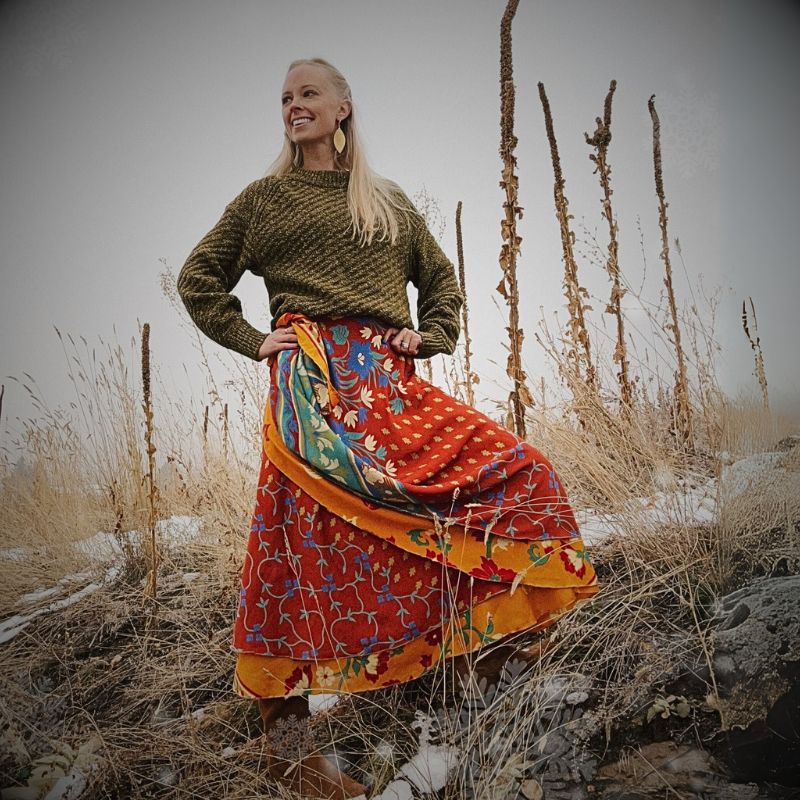Written by Kate Curry
Welcome to the wonderful world of fiber art! If you’re just jumping into the world of crochet, it can be a bit overwhelming when it comes to finding the right tools. Of course you’ll need yarn, but there are dozens of other types of hooks, notions, and goodies that can distract you from finding the crafting necessities.
Hooks are wildly important to the crocheter - without them we’d be finger knitting. With all the types, sizes, and brands out there - it can become overwhelming very quickly! Don’t worry, we have the down low on crochet hooks to answer all of your questions.
Are There Different Types Of Crochet Hooks?
There are two main types of crochet hooks: inline and tapered.

Tapered hooks have a circular shape, with a smooth ramp down to the hook that holds the yarn. The hook is a little more shallow than an inline hook, and the area where you place your thumb is further down the body of the hook. Tapered hooks are more common to find and claim to be more comfortable, to not split your yarn as much, and easier to use for quick stitching.
Inline crochet hooks are a little sharper looking with no smooth edges near the ramp of the hook. The hook is deeper and pointier as well. The hook is ‘in line’ with the shaft of the hook. These types of hooks are a little harder to find, but crafters claim that they prefer inline hooks because they create even, consistent stitches, provide more tension control, and make working with tight stitches easier.
Both types of hooks work wonderfully and you will meet crafters that are inline-only and tapered-only, but there is no right and wrong. It’s about what hook type is most comfortable for you!
There is also the Tunisian crochet hook. These hooks (also called afghan hooks) are specifically used for afghan crochet, and are very long with a rubber stopper at the end, much like a knitting needle. They can even come with cables like cabled knitting needles. These crochet hooks are amazing, but not the best for someone just learning to crochet.
What Are Crochet Hooks Made Of?
Crochet hooks are made out of wood, metal, acrylic, and resin most of the time - but you can find some funky hooks made out of bone and other oddities. Each material has its own unique texture and feel. I’m a big fan of metal hooks or any type of hooks that have ergonomic cushioning around them.

Aluminum or metal hooks are the most common type of hooks that can be found at every craft store in the world. Metal hooks are typically cheap and durable, so they’re great for beginners. The metal can get a little slippery and your stitches can slide off a little too quickly, but all-in-all they’re a great start!

Wood hooks offer a little more friction while you’re working as it will grip your yarn differently than metal. Depending if your hook is lacquered and finished that is! Wood is great for slow stitching with a little more grip, wood would be perfect for you!

Acrylic and Resin hooks are also pretty common and have a feel and texture between metal and wood. There’s a little bit of slide without any unnecessary friction to slow you down. You’ll also be able to get your hands on colorful and funky styles of hooks, which don’t do anything to help you crochet better…but they’re pretty!
What Are The Different Sizes Of Crochet Hooks?
Crochet hooks come in dozens of different sizes, but why are crochet hooks different sizes? Long story short - the thicker the shaft of the hook, the larger the size of the stitches! Using the correct size of crochet hook is soooo important. Without the correct size, your gauge will be screwed up and your whole product will be ruined!

When referencing crochet hook sizes - we’re talking about the thickness of the hook itself, not the length of the hook. The larger the hook, the thicker the hook will be - sounds about right!
In the USA, we organize crochet hooks by letters, with the further down the alphabet you go, the thicker your crochet hook will become. So a B hook will be smaller than an E hook. In Europe, crochet hooks and needles are organized by metric measurement or by number. These different measurements can sometimes confuse crafters. There are tons of crochet hook conversion charts online that can help you out!
A USA crochet hook B/1 is also called a 2.25mm or a UK 13. Talk about confusion! No wonder there’s so many conversion crochet hook size charts out there!

You will also need different sized crochet hooks depending on what weight of yarn you’re working with. Yarn weight doesn’t mean the actual weight of the yarn - it’s referencing the thickness of the yarn strands. Yarn weights will be categorized by numbers, with the smallest number (0) being the thinnest type of yarn (lace) and the largest number (7) being the thickest yarn (jumbo). Each of these types of yarn require different sized crochet hooks.
What Size Of Crochet Hook Is Best For Beginners?
What size crochet hooks should I buy? Every crafter has gone through this dilemma!
For new crafters, I suggest getting a range of crochet hooks, starting from 3.50 mm to 6.00 mm. These hooks will be the best to use with sport, DK, and worsted weight yarns, which are the easiest types of yarn to work with for beginners. You should be able to find crochet hook sets, which are great for beginners and come with a wide rage of sizes.

Smaller crochet hooks would be used for thinner types of yarn like lace or sock, which can be very frustrating for someone just trying to learn the basics. Anything above 6 mm is typically sold separately from most kits and crochet hook bundles, as they are much larger than average crochet hooks.
How To Hold The Crochet Hook
When I was learning to crochet, my nanny told me to hold the hook like a pencil - with my pointer finger and thumb pinching the shaft of the hook while the rest of my fingers were raised. People have different techniques of course and lefties and righties have to swap hands, but once you start practicing some simple stitches, you’ll get a hold of holding on!
For an example of how to hold your hook, take a look at this easy stitch tutorial from our Stitch Learning Center!
Traveling Hooks
I have had dozens of people ask: “Can I bring crochet hooks on a plane??”

According to the TSA, the answer is yes! So if you’re a world traveling mogul you don’t have to worry about leaving your WIP behind!
How To Take Care Of Your Hooks
Store your crochet hooks in a cute case or bag to keep them all safe and together. If your hooks are delicate or very precious to you, you might want to invest in a crochet hook box to keep them protected. Depending on what your hooks are made out of, you will have to clean them differently.
Metal and acrylic hooks just need a few swipes with a damp rag and patted dry. Wooden hooks often need to be oiled and waxed to avoid wear and tear! Be aware of that when you’re picking which hooks to purchase.
How To Crochet Without A Hook
Technically, yes, you can crochet without a hook! Just like finger knitting, you can finger crochet!
Do you have any other crochet hook questions? Hit us up at info@darngoodyarn.com!
 Rewards
Rewards

